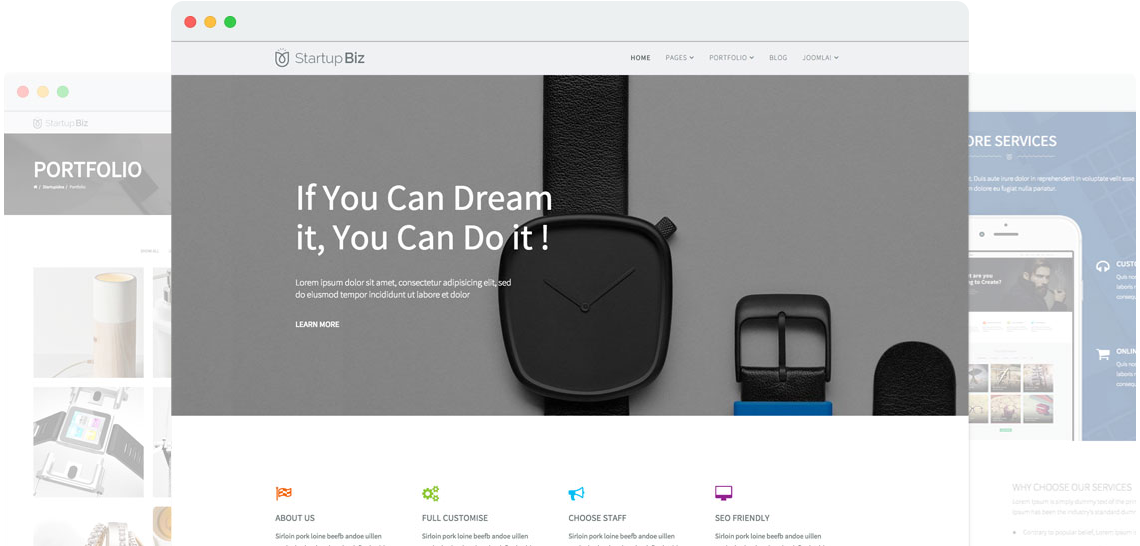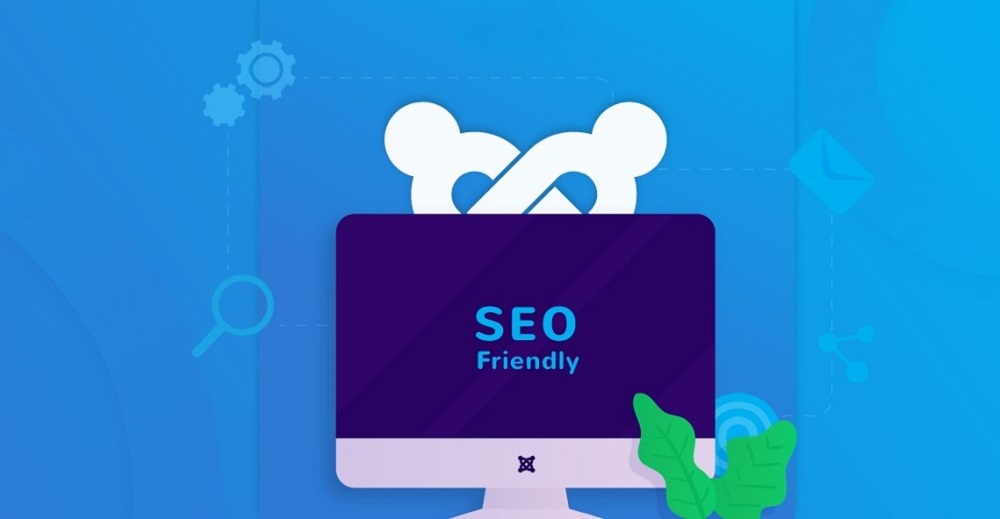- TemplatesTemplates
- Page BuilderPage Builder
- OverviewOverview
- FeaturesFeatures
- Dynamic ContentDynamic Content
- Popup BuilderPopup Builder
- InteractionsInteractions
- Layout BundlesLayout Bundles
- Pre-made BlocksPre-made Blocks
- DocumentationDocumentation
- EasyStoreEasyStore
- ResourcesResources
- DocumentationDocumentation
- ForumsForums
- Live ChatLive Chat
- Ask a QuestionAsk a QuestionGet fast & extensive assistance from our expert support engineers. Ask a question on our Forums, and we will get back to you.
- BlogBlog
- PricingPricing
How to Launch a Website for Your Startup (Detailed Guideline)
A website is a business’ online storefront. It represents your brand, what you have to offer, and attracts your potential customers. Yet, many startups overlook the importance of a well-made website. If you are one of them, trust us, you are losing out on a large portion of sales and revenue! But how do you create a website to ensure your startup’s success? Well, you will find out how by going through this article.
In today’s post, we will provide you a complete guideline on everything you need to know to build a website for your startup. Let’s get started!
Why You Need a Website for Your Startup
If you want us to answer that in one sentence, it would be - because it is a necessity! We are living in the age of technology, and sadly, in the middle of a global crisis. Having a website is no longer a nice addition to your business; it has become the core need. A website ensures your business runs all hour, every day. This means more reachability, more customer support, more credibility, and the cherry on top - free marketing!
How to Build the Perfect Website for Your Business Needs
If you have come this far, we can safely assume you are convinced and ready to climb the first ladder of your entrepreneurial journey. Building a perfect website for your business is less about coding and more about knowing the right steps to take and tools to use.
Here’s a preview of the key steps:
- Plan your business goals & do competitor analysis
- Choose a website platform
- Pick a brandable domain name
- Find a reliable hosting company
- Find the perfect template for your business to control the site’s look
- Create your company logo
- Create valuable content
- SEO and relevant stuff
- Test and launch
- Post-launch tips
You can head over to our article 10 things to have in mind before launching a business website for more insight on website development.
Now, let’s have a detailed look at each of the steps.
Step 1: Plan Your Business Goals & Do Competitor Analysis
Let’s start with the planning as the famous saying goes, he who fails to plan is planning to fail. Write down your goals & objectives and identify what you want your website to accomplish. Once you have a clear set of goals in your mind, perform competitor analysis. Whatever your business idea is, it is almost certain that there are other companies offering the same. Hence, it is extremely important to know what your competitors’ sites are offering to stay a step ahead.
Step 2: Choose a CMS Platform
Picking the perfect CMS is crucial prior to website development. As always, our recommended platform would be Joomla. Not only because it is free, but also very convenient to install & set up. What’s more? Our templates, page builder, and extensions will help you build professional-looking sites with the minimum amount of effort!
Step 3: Pick a Brandable Domain Name
The next step is to get a catchy domain name for your website. While picking a domain name, make sure it fits the business and short enough to remember and type. You can buy a domain name from a domain name registrar, such as GoDaddy or Namecheap. Though, you don't always need to go to a dedicated domain registrar service to buy a domain name. Hosting services typically offer a free domain name when you sign up for a hosting package.
Step 4: Find a Reliable Hosting Company
You need to sign up with a hosting provider in order to connect your site to the internet. Doing your research before picking a hosting company is extremely important. Make sure the hosting plan you choose is robust enough to handle the traffic, offers customer support, and ensures 99.99% uptime. Some of the popular hosting companies are DigitalOcean, SiteGround, and HostGator.
Step 5: Pick a Perfect Startup Template and Build the Site
Building a website from scratch is stressful and not everyone has the skills or the budget to hire developers. But luckily templates exist to make our lives easier! JoomShaper offers dedicated Joomla templates for startups and a collection of 120+ Joomla templates for any businesses, eCommerce, agency, etc. All you have to do is research and find the template that suits your business the most.
Let’s have a look at some of the startup templates you can use to kickstart your business.
Startup Landing
Startup landing is a Joomla landing page template for SaaS, agency, mobile app, and other single product or service startup sites. The QuickStart pack comes with SP Page Builder Pro and Helix Ultimate, which will save you a lot of time in getting a stunning site up for your new business venture. It has 6 landing page variations for 6 different niches! With plenty of dedicated addons, interactions, portfolios, and multiple pricing plan options, you can launch your first business site easily.
Startup Biz
Startup Biz, as the name suggests, is also a Joomla multipurpose business template for startups and agencies. Built with the Helix 3 framework and SP Page Builder Pro, the template will let you build a clean and responsive site. Use the QuickStart pack to get the demo site within minutes and customize according to your requirements.
Apart from these, you can also check out our article on 5 best Joomla templates to create websites for startups to find out more amazing templates.
Now, finally, it is time to create your website with the selected template! You can find the basic guidelines to create a Joomla website HERE. We do not recommend installing Joomla and the template separately! Download the QuickStart pack of your selected template from our website, and get your Joomla site running with the template in no time. See how to install a QuickStart pack here. You can also contact our support team or check the documentations for further assistance.
Step 6: Create Your Company Logo
While you were considering all the factors that go into building a business website, creating a logo might not seem like a top priority. But it is! Your business logo is your brand’s identity. It helps you make a strong first impression, and of course, separates you from your competitors. You can hire a freelance designer to create your brand logo, and this will cost you much less than a professional design farm!
Step 7: Create Valuable Content
It does not matter what your business is about; content is the king! The formula to create valuable content is to follow the five benchmarks below.
- Findable
- Readable
- Understandable
- Actionable
- Shareable
Providing high-quality content is one of the most important things you can do to attract customers and create interest in your business. Also, keep in mind to follow SEO guidelines to make sure your site is search engine friendly. Which brings us to our next step - Search Engine Optimization.
Step 8: Search Engine Optimization (SEO)
To grow your organic traffic and rank higher in the search index, you need to optimize your website for the search engines. Our templates are already SEO optimized but here are the 4 key SEO issues to keep in mind while you create the content:
Meta Description: It’s a meta tag in HTML- a text snippet that appears in search results. It plays a vital role in increasing your click-through rate. Make sure your meta description is related to your web page’s content and benefit-focused.
Schema Markup: Schema markup is used to let the search engines return more informative results for users. Adding schema markup to your HTML improves the way your page displays in SERPs and definitely helps your site rank better.
Search Engine Indexing: You need to ensure your entire site is being indexed so that the search engine can read and make the web pages available on the search results. In other words, if your site is not indexed, the search engine will not find it. And no amount of SEO will be effective.
Keyword Mapping: Based on keyword research, you need to map relevant keywords to the different pages of your website in order to optimize it for the search engines.
Step 9: Test & Publish Your Site
Once your site development is complete, all that remains is to test your website before making it public. But what should you test on your website before launching it? Here’s a basic checklist to ensure a successful launch:
- Browser compatibility
- Responsiveness
- Page links and images
- Web forms and emails
- Title tags and metadata
- Site speed
- Content (relevance, spelling, grammar, and punctuation)
Step 10: Post-launch
Congratulations! You have just launched a website for your startup. If you are wondering what’s now, here’s a few post-launch strategies to ensure your new website continues to be successful:
Analytics and Insights for Traffic Analysis
To track the performance of your website such as page views, bounce rates, purchases, etc. you can use tools like Google Analytics. These analytics will help you determine what changes can be made to improve your conversion rate.
Plan Your Marketing Strategy
Every business, especially startups, needs a strong website marketing strategy. Apart from the SEO strategies we mentioned earlier, utilize your social media handles and other channels to promote and drive traffic to your site. You can use customized social snippets to give the social media users a brief and concise view of your website page.
Use Affiliate Programs
Identify your target market and major influencers/bloggers in that niche to reach new audiences. Through affiliate programs, you can draw in customers quickly without having to spend a fortune in advertising.
Be Consistent and Represent Your Brand Through Blog Posts
Lastly, to create brand awareness and gain credibility, represent your brand and products through your blog posts. And be consistent with it!
You can also check out our pro tips on maintaining a Joomla site for further in-depth knowledge of post-launch maintenance.
Summing Up
The saying “The first impression is everything” is especially true when it comes to new businesses. A good website builds your reputation, generates leads, and can act as your extended business card. We hope you can take something from today’s guide and make your new ideas come to life. Good luck!
There are no comments posted here yet





